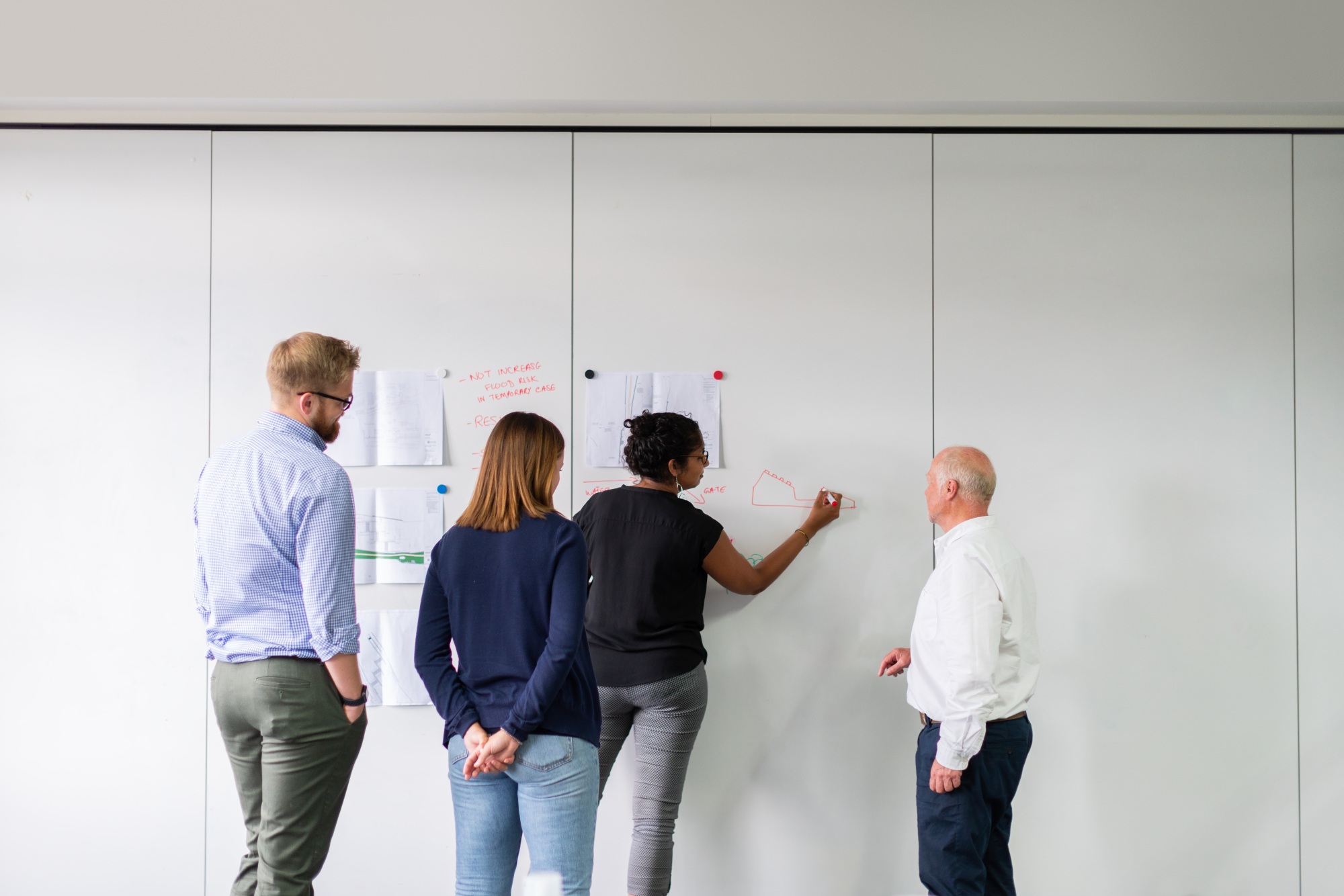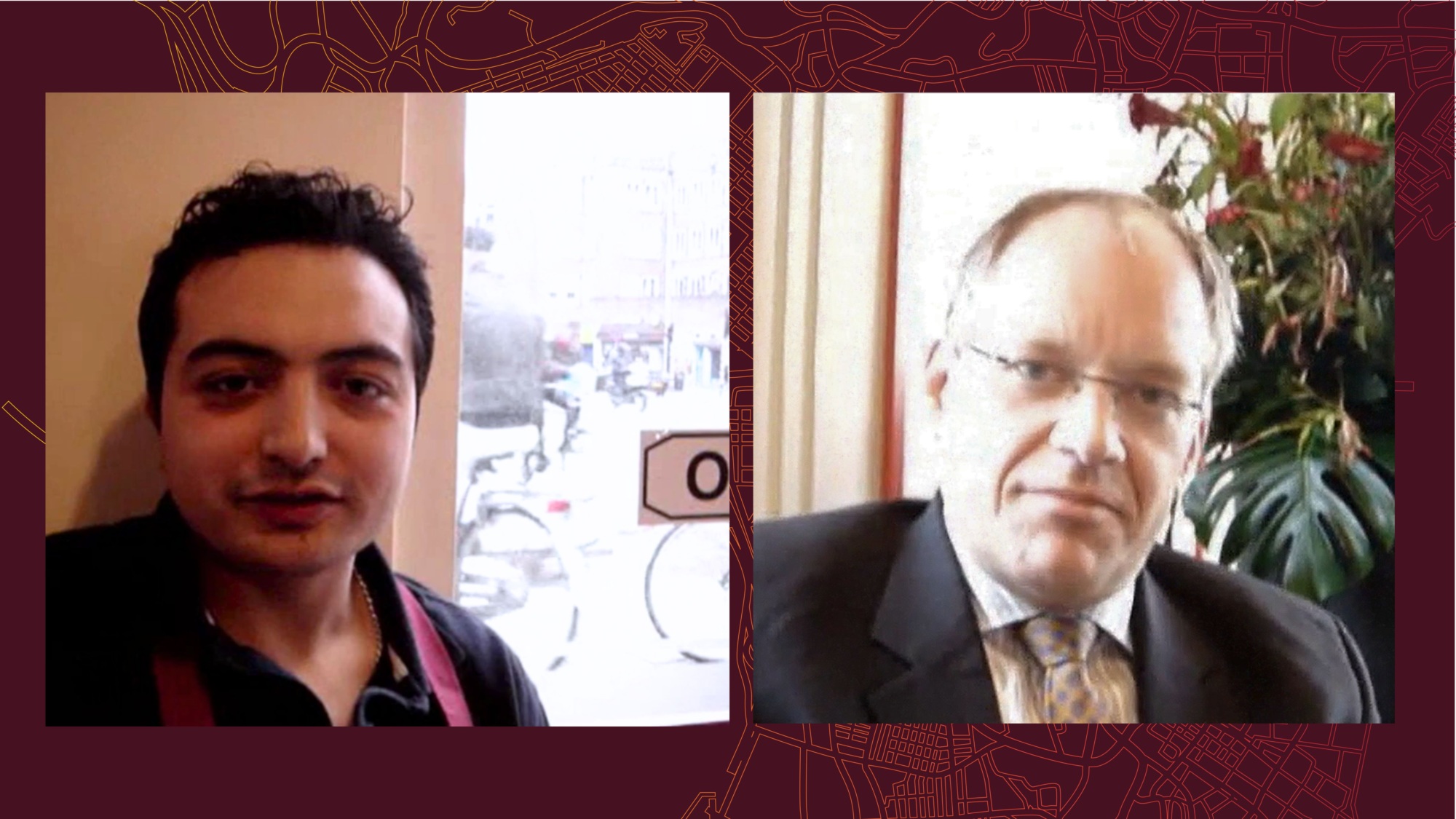
Action Insights
When Innovation Causes Conflict: Ostrich, Chameleon, and Dolphin Strategies in the Public Sector
Innovation
Case and Materials
Last Updated
Topics
Collaboration, Innovation, Strategic Leadership and Management
Location
Europe
How can city leaders reduce bureaucratic obstacles that stifle entrepreneurship and economic growth? In Amsterdam, city manager Erik Gerritsen saw the struggles of entrepreneur Tamer Akgün—whose sandwich shop remained closed for two years due to a maze of permits and approvals—as a wake-up call for government inefficiency. Akgün’s experience highlighted structural challenges in regulatory policy and inter-agency cooperation, raising critical questions about how city officials can balance enforcement with support for small businesses. What strategies can leaders use to streamline processes, foster collaboration, and create a more responsive city government?
Tamer Akgün was a young businessman in Amsterdam trying to open a sandwich shop and confronted by bureaucratic rules that made him despair of ever being able to succeed. Perhaps one of the “one-stop shops” the city created to assist entrepreneurs could have helped, but Akgün didn’t know they existed; besides, those who knew the “one-stop” bureaus found them to be poorly coordinated and unable to offer more than pointing out obstacles, rather than overcoming them.
For Amsterdam city manager Erik Gerritsen, Akgün’s plight, typical of that faced by so many entrepreneurs including those from immigrant families like Akgün’s, offered a chance to sit down members of the bureaucracy who work on permits and licenses and sort through the logjam. Meeting in Akgün’s sandwich shop—still not open—the officials from various departments and agencies found they all saw the problem in their own way, and some of them didn’t see a problem at all: they were following the rules. What is a way forward that produces the best results for entrepreneurs like Akgün and also society?
Guides for using this case are forthcoming.
The overarching learning objective of this case is to help officials in government develop and understand problem-oriented innovation, first learning how to diagnose the problem before proposing a set of solutions. By the end of the case session, participants should:
More Resources Like This
